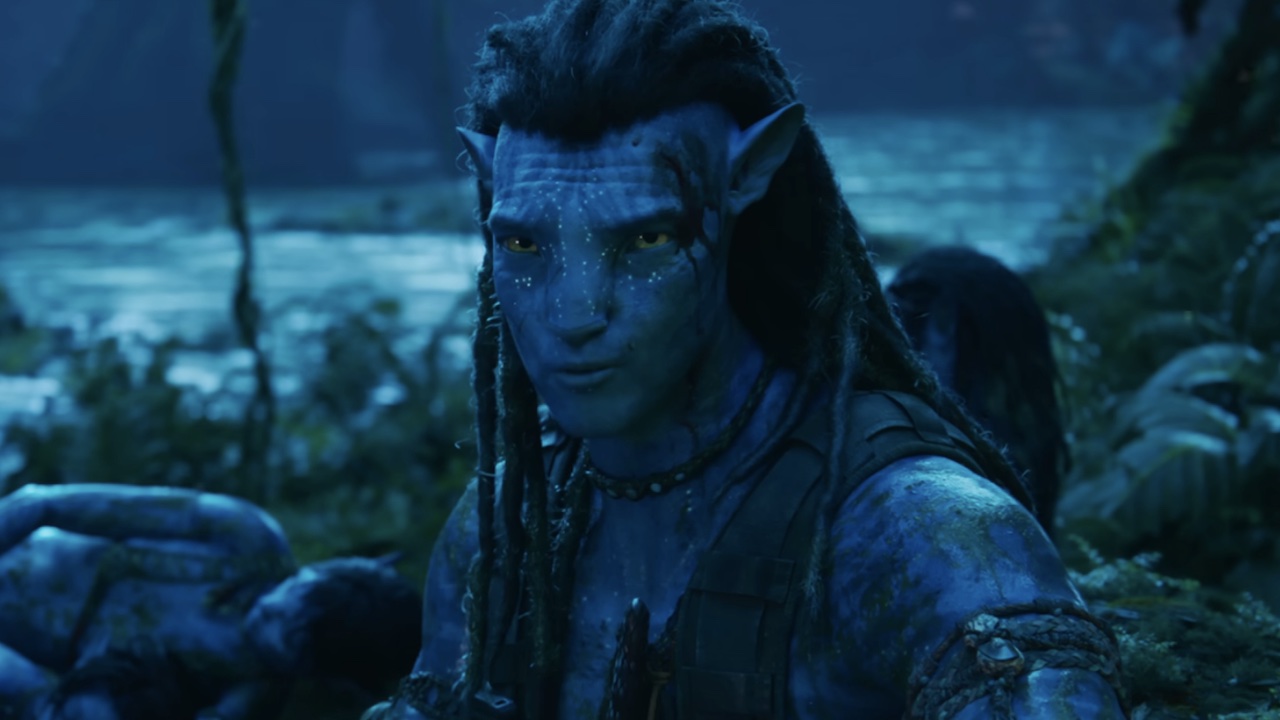The Cloverfield Monster Explained
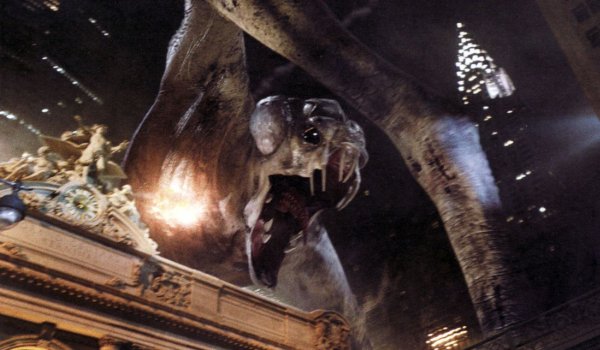

In 2008, Cloverfield introduced us to a monster that most would originally be known as “The Cloverfield Monster,” and would later receive the name of Clover. With a reappearance in 2018’s The Cloverfield Paradox, and a tangential connection to 2016’s 10 Cloverfield Lane, Clover’s legacy would grow into a cinematic universe bound by creatures not of this earth.
With the appearance of such beasts came a lot of questions, specifically pertaining to that of Cloverfield’s Clover, as the monster was pretty well hidden in the pre-release marketing for director Matt Reeves and producer J.J. Abrams’ found footage epic. Seeing as we’re well past that point though, it’s time for some answers.
The burning questions surrounding Case Designate Cloverfield’s star subject are about to be answered, so prepare to learn everything you’d want to know about Clover, the Cloverfield Monster.

What Is The Cloverfield Monster?
Clover, the Cloverfield monster, does not have an official species designation. As such, we have no true name for the species that it belongs to. However, there is an official government designation that covers it to a certain extent. The Cloverfield Monster is known as a “Large Scale Aggressor”, or “LSA” for short.
Speculated to be a creature of either underwater or interdimensional origin, Clover is an infant specimen of its species, separated from its family. Overridden by a sense of panic, the creature engages in destroying New York City landmarks as it makes a path through the city and squares off with military forces trying to kill it. It’s huge, frightened, and strong.
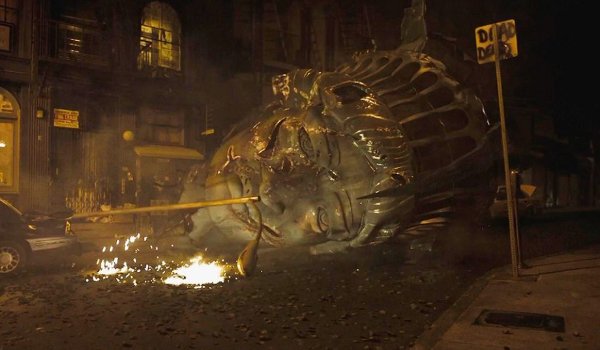
What Are Its Powers/Abilities?
Clover the Cloverfield Monster does not have any particular powers or special abilities, as the creature is a newborn and we haven’t really seen this species in action for an extended enough period of time to discern any special powers. Most likely though, the Cloverfield beast in question does not have any powers/abilities that would allow it to achieve any spectacular feats.
What the Cloverfield Monster did show us, as seen during the events of Cloverfield, is that it’s a pretty tough beast. Taking on small arms fire, numerous rounds from an armored tank, and even a sustained drop of several bombs, Clover was able to continue conducting a parade of destruction throughout New York City. This forced the military forces on site to resort to the “Hammer Down” protocol, which saw several bombs being rained down on Clover, in an attempt to kill it. According to the notes from the Special Investigation Mode of the Blu-ray release for Cloverfield, Clover is dead.
Your Daily Blend of Entertainment News
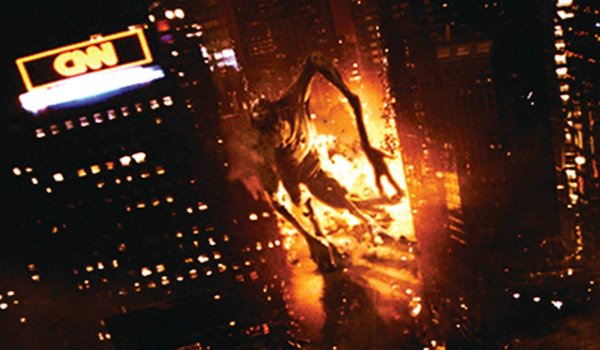
Can You Destroy The Cloverfield Monster?
It is unknown what methods were used in the “Hammer Down” protocol, so we don’t know exactly how you can destroy or even weaken the monster from Cloverfield. As we never saw the aftermath of that action, we don’t know exactly what it takes to kill a Large Scale Aggressor. So the question isn’t if you can destroy the creature from Cloverfield; but rather how much force is enough?
With the “Hammer Down” protocol theorized to have the ability to wipe out the island of Manhattan, and the ordinance required to take Clover down being listed as “significantly heavier” than the Mark-82 bombs previously used, it sounds like quite a bit of force is required to take down this species of creature. This is especially troublesome when considering Clover is, again, a newborn.
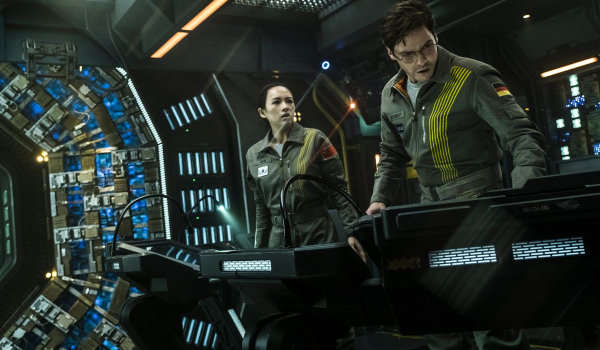
Where Did The Cloverfield Monster Come From?
Originally, it was presumed that Clover was woken up from the depths of the sea, as hinted at in the Cloverfield ARG campaign. At the end of the 2008 film, what looks like an object falling into the ocean from the sky was credited as awakening this young creature. Later reports would indicate that it was a satellite owned by the in-universe Tagruato Corporation, named “ChimpanzIII,” that did the job. Though the original story also included some elements such as deep sea drilling that supposedly agitated this creature, its presumed family, and its ecosystem, more information suggests that the Cloverfield monster really isn’t of this world.
As shown in The Cloverfield Paradox’s 2028 timeframe, it’s to be presumed that the unnamed species of Cloverfield Monsters was actually unleashed as a part of the Cloverfield Station incident, which tore a hole in the fabric between dimensions and saw both worlds' versions of that same station mixed together. There is also a distinct possibility that these creatures may have been created from this incident.
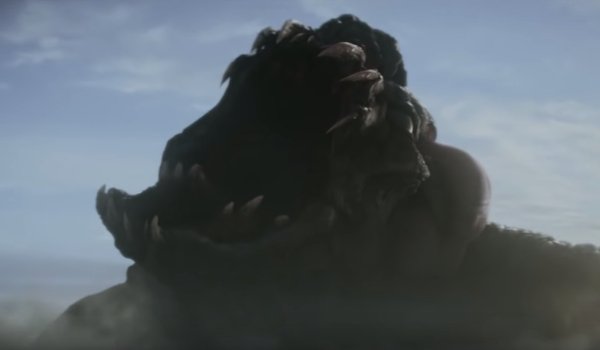
Where Else Has The Cloverfield Monster Been Seen?
During the finale of The Cloverfield Paradox, it’s revealed that in the aftermath of the trans-dimensional event that originated from Cloverfield Station’s power experiment had unleashed not just one, but several Cloverfield Monsters onto the Earth that is the setting for that particular film. We see one other example of Clover’s species of origin, and it’s unsettling for one big reason: it looks to be a full grown adult.
This specimen was so huge that it was able to poke its head above what looks like the lowest level of cloud cover on Earth, which roughly hovers around 6,500 feet. Clover’s height, estimated to be around 250 feet or higher, which is mostly due to the baby version of this monster walking on all fours for the most part. This suggests, as creature designer Neville Page has theorized, that these creatures are much taller, due to being able to walk upright on two legs.
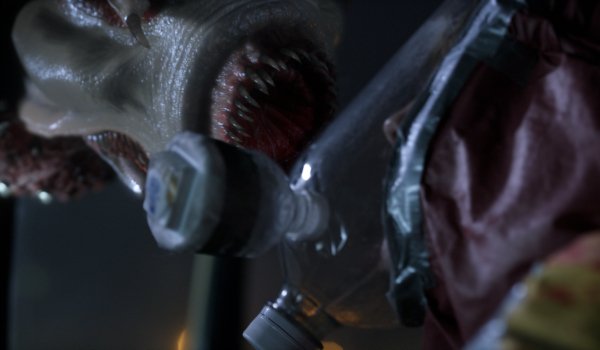
Are There Other Monsters In The Cloverfield Universe?
In addition to Clover, and its species of Cloverfield monsters, there are other monsters to be spotted within the universe. In addition to Clover being designated as a “Large Scale Aggressor”, there are also “Human Scale Parasites”, or “HSPs” for short. You would know them better as the creepy, crab-like creatures that attack the team of survivors Cloverfield follows, and they appear to engage in a symbiotic relationship with the Cloverfield monster species. The bite of the HSP is deadly, as Lizzie Caplan’s Marlena was seen to have fall ill and explode in the aftermath of an attack by these creatures.
Meanwhile, in 10 Cloverfield Lane, a throwaway line about John Goodman’s Howard Stambler having a theory on “mutant space worms” turned out to hit a little too close to home. As we saw in The Cloverfield Paradox, Cloverfield Station was experimenting with the effects of their space station on a worm colony, only to have those worms disappear. Some were found inside of a crew member on the station, in a post-mortem dissection; while others may have mutated into the huge creatures we saw Mary Elizabeth Winstead’s Michelle face off against in the finale. Though there’s a chance that much like Clover and the Cloverfield Monster species, these were creatures from another universe displaced into the one shown in 10 Cloverfield Lane.
Over a decade later, and three films deep, the Cloverfield universe is still giving fans new creatures to behold, and leaving more questions in their wake each time a new film drops. If the franchise continues, through future Netflix films or even the “true sequel” to Cloverfield that fans have been promised, here’s hoping we get some more information on these beasts and what makes them tick. Let’s not forget that knowing is half the battle, and with what we know, we’d say we’re about a quarter of the way towards being ready to fight.

Mike Reyes is the Senior Movie Contributor at CinemaBlend, though that title’s more of a guideline really. Passionate about entertainment since grade school, the movies have always held a special place in his life, which explains his current occupation. Mike graduated from Drew University with a Bachelor’s Degree in Political Science, but swore off of running for public office a long time ago. Mike's expertise ranges from James Bond to everything Alita, making for a brilliantly eclectic resume. He fights for the user.
